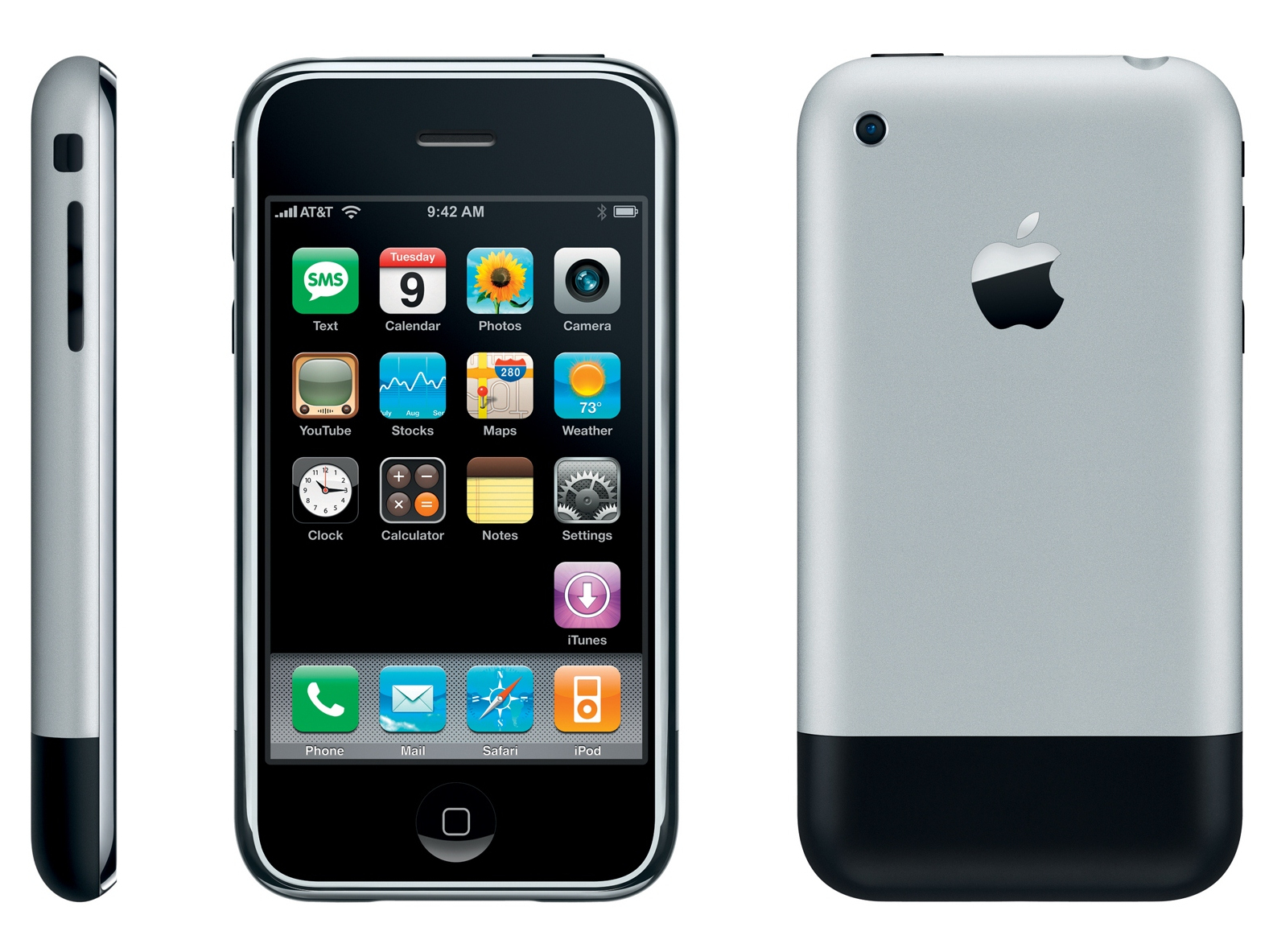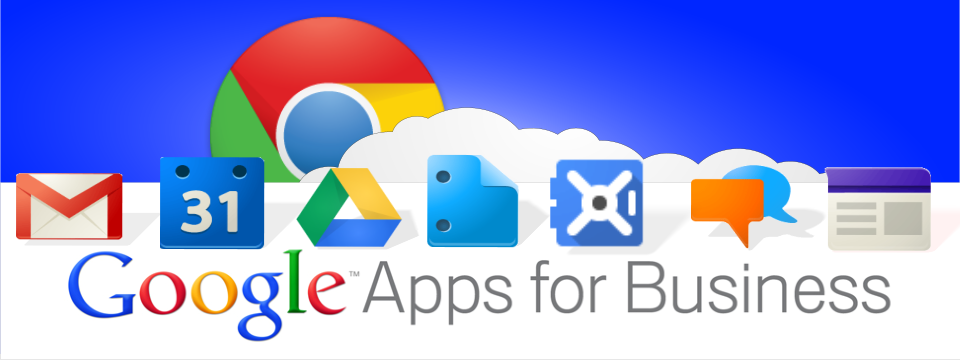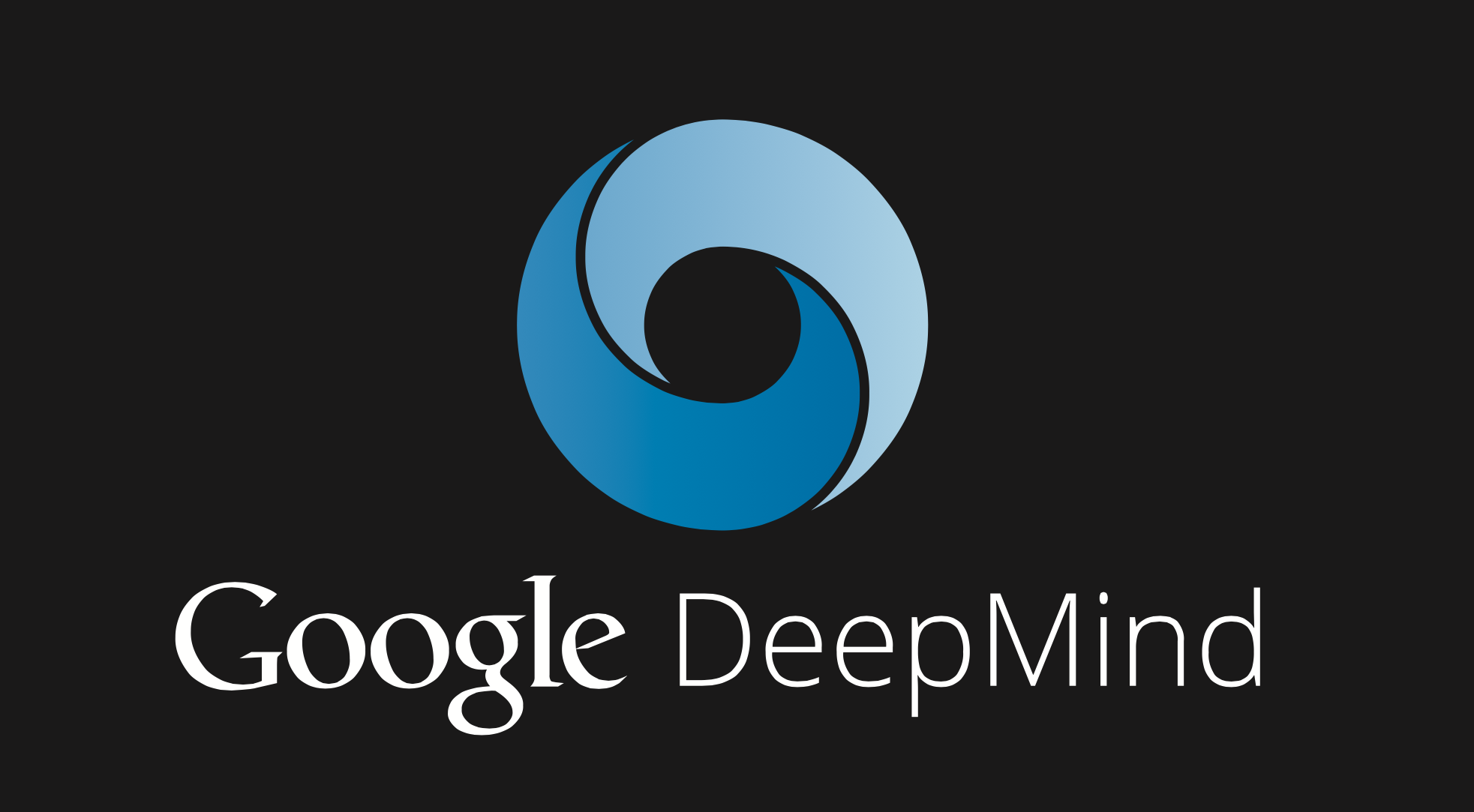Google Sets The Bar With Machine Learning As A Service
Posted on May 17, 2016
Recently the launch of one of the most profound and exciting services happened.
It isn’t always obvious when a seachange occurs.
For example, when Apple released the iPod Classic in 2001, who would have thought it would have led to the smartphone transforming the way we do everything from banking to reading the newspaper, following maps, taking photos or videoconferencing. There is no doubt that with hindsight, the iPod Classic was utterly transformational.
Of course the rise of the smartphone wouldn’t have been possible without the transformational effects of Software as a Service (SaaS). Coincidently the idea of SaaS was first conceived in 2001, although it would be several more years before this seedling bore any fruit.
The first significant SaaS offering was Google’s Gmail in 2004. While it wasn’t immediately obvious how the world might be changed so comprehensively in such a short time, it was nevertheless very obvious that it had one huge advantage. You were no longer tied to a piece of hardware in a fixed location to read your email. You had the flexibility to move anywhere in the world and your email went with you.

Within 2 years, this was followed by two Google acquisitions, Writely (later Google Docs) and Google Spreadsheets, now all part of Google Drive. Now the transformation was becoming obvious. People in different parts of the world (or at the desk next to yours) could edit the same document at the same time – no tracking changes, no file locking, no multiple copies of a document. Such a transformational change wasn’t obvious to Microsoft however, who didn’t release Office365 until 2011, a full 7 years after Gmail.
This just underlines how even experts and leaders in their field can be blindsided by Creative thinking that produced transformational results.
In mid April 2016 Google launched Machine Learning as a Service, available to anyone. Typically, Google’s release has been very low key – just a few selected email invites to try it out for free.
This has the potential to be the biggest change we’ve seen since the iPod and Gmail started the mobile and SaaS revolutions. May be it won’t be as widely used as previous game-changers perhaps, but it has the potential to be more profound with further reaching consequences.
So how does it work?
Neural Networks are combination of data structures and algorithms that supposedly mimic a newborn’s empty brain and set about learning to solve a particular problem. They are now widely used, particularly by organisations like Amazon and Spotify to suggest what you might like to read, listen to or purchase, it allows Facebook to recognise faces in photos, and Google to translate languages.
Neural Network artificial intelligence has been around a long time – since 1948 in fact. Faster computer processing speeds and increased memory have made Machine Learning more effective as well as improved processing algorithms such as backpropagation. Backpropagation is essentially feedback that is passed back to the learning engine so it gets to learn, improve, and recognise.
The huge advantage for computers is that they can control the experiences that they get to learn from and have hundreds of thousands more opportunities to experience a phenomenon than any human ever will.

As we’ve come to expect, Google’s marketing continues to be low key. It’s been largely limited to a 5 match series between one of the world’s best Go players, Lee Sedol and Google Deep Mind. Google Deep Mind won 4-1, with the Korean champion revealing that his solitary win in the 4th game to be one of the happiest moments in his life. Most interestingly, the defining move that led to the win in the second game was a move that Lee Sodel claimed ‘that no human ever would have made’.
This sounds scary, and exciting, in equal measure. How comfortable will we be at trusting a computer to make decisions?
With Go the outcome is very measurable, and the inputs and outputs are very clear and the outcome is known within hours. If we start using Deep Mind with inputs as flawed as the GDP for example, can we trust the decisions that are presented, particularly if they are ones ‘that no human ever would have made’?
And if we use Deep Mind to make decisions that affect the environment where much of the data is subjective, the inputs are polluted with beliefs and personal values, and the outcome may not reveal itself for years or decades, how will we cope? Will we ignore the advice of a system that can clearly outperform the best human thinkers and squander the chance to make wonderful decisions?
Will our personal investment in an existing industry and way of doing things, prevent us from using this technology and allow us to be outflanked by newcomers who have nothing to lose and know no fear?
And just how can we take this new opportunity and apply it in new and unconventional ways?
It’s quite revolutionary and available to anyone. It’s in-your-face!
- Bryan Clarke

